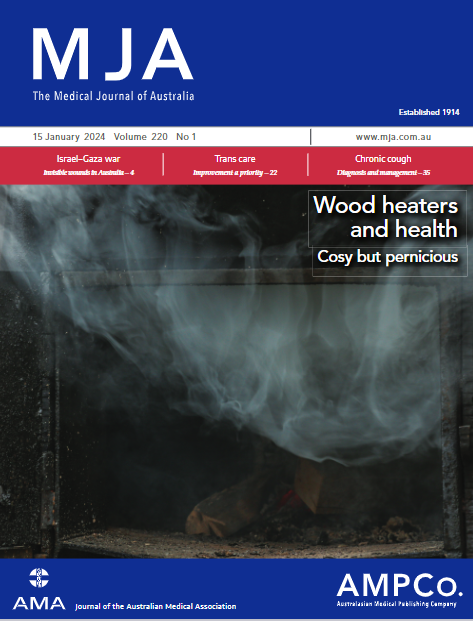To investigate associations between sociodemographic factors, pre-existing chronic comorbidities, and general practitioner-led diagnosis of long COVID.
We conducted a retrospective observational case–control study using de-identified electronic general practice data, recorded between January 2020 and March 2023, from 869 general practice clinics across four primary health networks in Victoria and New South Wales.
Sociodemographic factors and pre-existing chronic comorbidities associated with general practitioner-led diagnosis of long COVID.
A total of 1588 patients had a recorded general practitioner-led long COVID diagnosis. Females exhibited a higher likelihood of general practitioner-led long COVID diagnosis (adjusted odds ratio [aOR], 1.58; adjusted confidence interval [aCI], 1.35–1.85) compared with males. Patients aged 40–59 years had a higher likelihood of general practitioner-led long COVID diagnosis (aOR, 1.68; aCI, 1.40–2.03) compared with patients aged 20–39 years. The diagnosis was more likely in patients of high socio-economic status (aOR, 1.37; aCI, 1.05–1.79) compared with those of mid socio-economic status. Mental health conditions (aOR, 2.69; aCI, 2.25–3.21), respiratory conditions (aOR, 2.25; aCI, 1.85–2.75), cancer (aOR, 1.64; aCI, 1.15–2.33) and musculoskeletal conditions (aOR, 1.50; aCI, 1.20–1.88) were all significantly associated with general practitioner-led long COVID diagnosis.
Female sex, middle age, high socio-economic status and pre-existing comorbidities, including mental health conditions, respiratory conditions, cancer and musculoskeletal conditions, were associated with general practitioner-led long COVID diagnosis among general practice patients. These factors largely parallel the emerging international evidence on long COVID and highlight the patient characteristics that practitioners should be cognisant of when patients present with symptoms of long COVID.


